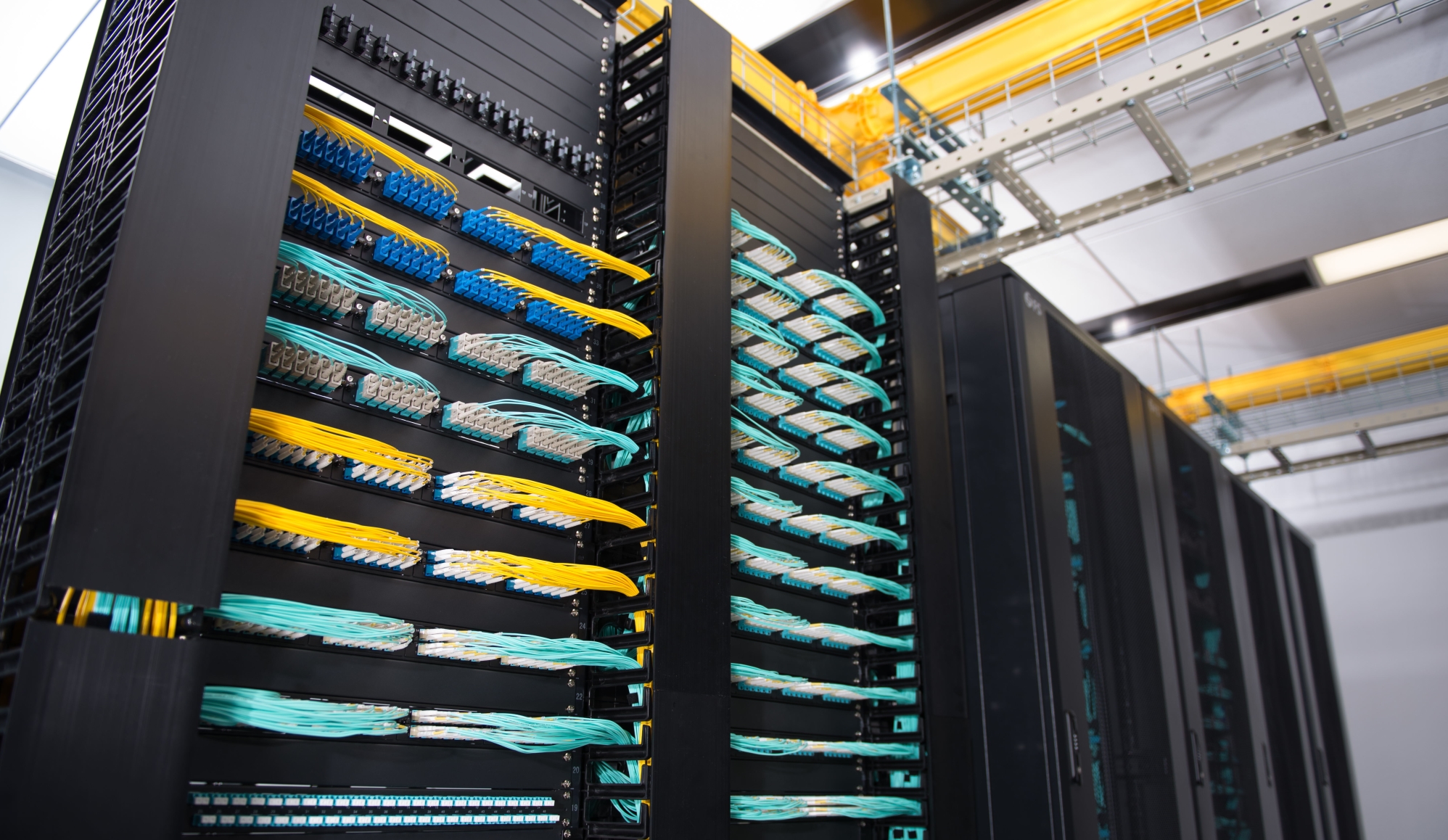In today’s digital age, businesses and organizations rely heavily on efficient and robust data communication systems. At the heart of these systems lies structured cabling, a critical infrastructure component that ensures seamless connectivity and communication. This article delves into the intricacies of structured cabling systems, exploring their components, benefits, advancements, and future prospects.
What is Structured Cabling?
Structured cabling refers to a standardized approach to cabling infrastructure that supports multiple hardware uses and is designed to be flexible and scalable. Unlike traditional point-to-point cabling, structured cabling is organized into a hierarchical, modular system that allows for easy management and future expansion.
Key Components of Structured Cabling Systems
- Horizontal Cabling: This includes the cables that run from telecommunications rooms to individual workstations. It typically involves twisted pair copper cables or fiber optic cables, depending on the data requirements and distances involved.
- Vertical Cabling (Backbone Cabling): Backbone cabling connects different telecommunications rooms, equipment rooms, and entrance facilities within a building or across multiple buildings. It often involves high-capacity fiber optic cables to handle large volumes of data traffic.
- Work Area Components: These include end-user devices such as computers, phones, and printers, as well as the cables and connectors that link them to the horizontal cabling system.
- Telecommunications Rooms (TR): Also known as wiring closets, these are centralized locations where horizontal and backbone cabling systems connect to network equipment like switches and routers.
- Equipment Rooms (ER): These are larger spaces that house critical network equipment and servers. They often serve as the main distribution point for backbone cabling.
- Entrance Facilities (EF): These are the points where external cabling (e.g., internet service provider cables) enter the building and connect to the internal cabling infrastructure.
- Consolidation Points (CP): These are intermediate connection points within the horizontal cabling system that allow for easier reconfiguration and expansion of the network.
Benefits of Structured Cabling Systems
- Scalability: Structured cabling systems are designed to accommodate future growth. As a business expands, additional cabling and hardware can be easily integrated into the existing infrastructure without significant disruption.
- Simplified Management: The standardized layout of structured cabling makes it easier to manage and troubleshoot the network. Technicians can quickly identify and resolve issues, minimizing downtime and maintaining productivity.
- Enhanced Performance: With organized and optimized cabling, structured cabling systems reduce the risk of network congestion and interference. This ensures reliable and high-speed data transmission, crucial for business operations.
- Cost-Effectiveness: Although the initial installation of structured cabling may be higher than traditional cabling methods, the long-term benefits outweigh the costs. Reduced maintenance expenses, lower downtime, and the ability to support new technologies without extensive upgrades contribute to overall cost savings.
- Future-Proofing: Structured cabling systems are designed to support evolving technologies. Whether it’s the transition from copper to fiber optics or the integration of new networking standards, structured cabling provides a solid foundation for future advancements.
The Role of Fiber Optics in Structured Cabling
Fiber optic cables play a vital role in modern structured cabling systems, especially in backbone cabling where high bandwidth and long-distance transmission are required. Fiber optics offer several advantages over traditional copper cables:
- Higher Bandwidth: Fiber optic cables can transmit large amounts of data at extremely high speeds, making them ideal for applications that require significant bandwidth, such as data centers and large enterprises.
- Longer Distances: Unlike copper cables, which suffer from signal degradation over long distances, fiber optic cables can transmit data over much greater distances without losing signal quality.
- Immunity to Electromagnetic Interference: Fiber optic cables are immune to electromagnetic interference (EMI), which can disrupt data transmission in copper cables. This makes fiber optics a more reliable option in environments with high electrical noise.
- Greater Security: It is more difficult to tap into a fiber optic cable without being detected, providing enhanced security for sensitive data transmissions.
Advances in Structured Cabling Technology
The field of structured cabling Wisconsin has seen significant technological advancements, driven by the need for higher performance, increased efficiency, and greater flexibility. Some of the notable innovations include:
- Category 6 and 6A Cables: These twisted pair copper cables offer higher performance than their predecessors (Cat 5e and Cat 5), supporting data rates of up to 10 Gbps over distances of 100 meters.
- Fiber to the Desk (FTTD): This approach involves running fiber optic cables directly to individual workstations, providing the benefits of fiber optics (high bandwidth, low latency) directly to end users.
- Power over Ethernet (PoE): PoE technology allows both power and data to be transmitted over the same Ethernet cable, reducing the need for separate power cables and simplifying installations.
- Converged Infrastructure: Modern structured cabling systems are increasingly designed to support converged infrastructure, where data, voice, and video services are integrated into a single, unified network.
- Modular Plug Terminated Links (MPTL): This cabling configuration uses a plug at one end and a jack at the other, simplifying connections to network devices and reducing installation time.
- Intelligent Cabling Systems: These systems incorporate sensors and monitoring capabilities to provide real-time information about the network’s performance, helping to identify and resolve issues proactively.
Future Trends in Structured Cabling
As technology continues to evolve, structured cabling systems will need to adapt to meet new demands. Some of the emerging trends in this field include:
- Increased Adoption of Fiber Optics: With the growing demand for higher bandwidth and faster data transmission, fiber optics will continue to play a crucial role in structured cabling systems. Advances in fiber optic technology, such as bend-insensitive fibers and higher-capacity cables, will further enhance their capabilities.
- 5G Integration: The rollout of 5G networks will drive the need for robust cabling infrastructure to support the increased data traffic and low-latency requirements of 5G applications. Structured cabling systems will be essential in connecting 5G small cells and base stations.
- Internet of Things (IoT): The proliferation of IoT devices will require extensive cabling infrastructure to support the vast amount of data generated by these devices. Structured cabling systems will provide the backbone for IoT networks, ensuring reliable and secure data transmission.
- Edge Computing: As more data processing is performed at the edge of the network (closer to where data is generated), there will be a need for efficient cabling solutions to connect edge devices to data centers and cloud services. Structured cabling systems will play a key role in enabling edge computing.
- Sustainable Cabling Solutions: With growing awareness of environmental sustainability, there will be a focus on developing eco-friendly cabling solutions. This includes the use of recyclable materials, energy-efficient components, and designs that minimize waste and reduce the environmental impact of cabling installations.
Conclusion
Structured cabling systems are the backbone of modern data communication networks, providing the infrastructure needed to support a wide range of applications and services. With their modular, scalable, and flexible design, structured cabling systems offer numerous benefits, including enhanced performance, simplified management, and cost-effectiveness. As technology continues to advance, structured cabling will evolve to meet new demands, incorporating innovations such as fiber optics, 5G integration, IoT support, and sustainable solutions. By understanding the components, benefits, and future trends of structured cabling systems, businesses can make informed decisions to build robust and reliable networks that support their growth and success.



